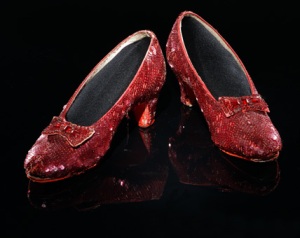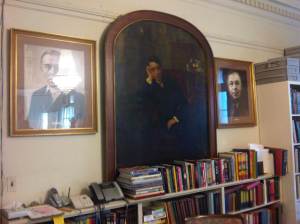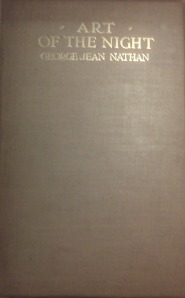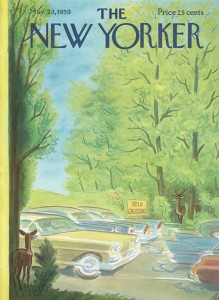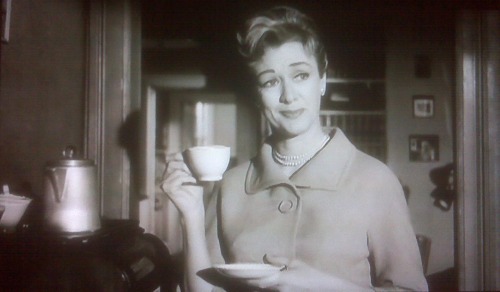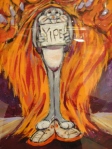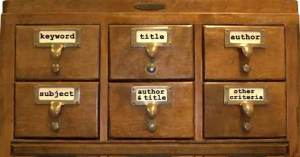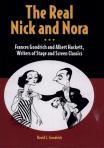After a year of blogging (and some years of blather on discussion boards and other internet communities) I have reached a perhaps inevitable moment — the splinter moment. I began this adventure on my original blog urban excavations (msteketee.wordpress.com) at a time of upheaval in my life: a recent move from Chicago, a city I adore, to the East Coast and what turned out to be stage one of my current adventure living in Manhattan. Spring 2009 selling property in a major American city to move east in two stages. Three major moves in two years. It has indeed been a time to reflect. L. Frank Baum has something to say about that.
The following is from Chapter 9 “The Scarecrow Plans an Escape” in The Marvelous Land of Oz (the first sequel to The Wizard of Oz). First, some text from the 1904 title page to set the scene: “The Marvelous Land of Oz. Being an Account of the further adventures of the Scarecrow and Tin Woodman and also the strange experiences of the Highly Magnified Woggle-Bug, Jack Pumpkinhead, the Animated Saw Horse and the Gump; the story being A Sequel to The Wizard of Oz“.
Tip was looking out the window.
“The palace is surrounded by the enemy,” said he “It is too late to escape. They would soon tear you to pieces.”
The Scarecrow sighed.
“In an emergency,” he announced, “it is always a good thing to pause and reflect. Please excuse me while I pause and reflect.”
My adventures always include traveling and writing. My “further adventures” blog wise have led me to focus increasingly on theatrical writing, including writing on productions as formal reviews and reflections on panels and other theatrical events. My original blog has now become two. My Gemini soul loves this. urban excavations (msteketee.wordpress.com) is now focused exclusively on live performance reviews and reflections. This new blog looking outside (mattiewade.wordpress.com) contains all other entries from the old blog, entries outside that specific focus, and new entries along these lines.
With a nod to Garland (because, let’s be honest, it’s instinctual) I’ll end this entry with a quotation. And look forward to further musings with all y’all.
“In the night, every night, we’ve known somehow it would come to this.”— Irene Hoffman Wallner (Judy Garland) in Judgment at Nuremberg (1961)
© Martha Wade Steketee (December 1, 2010)




